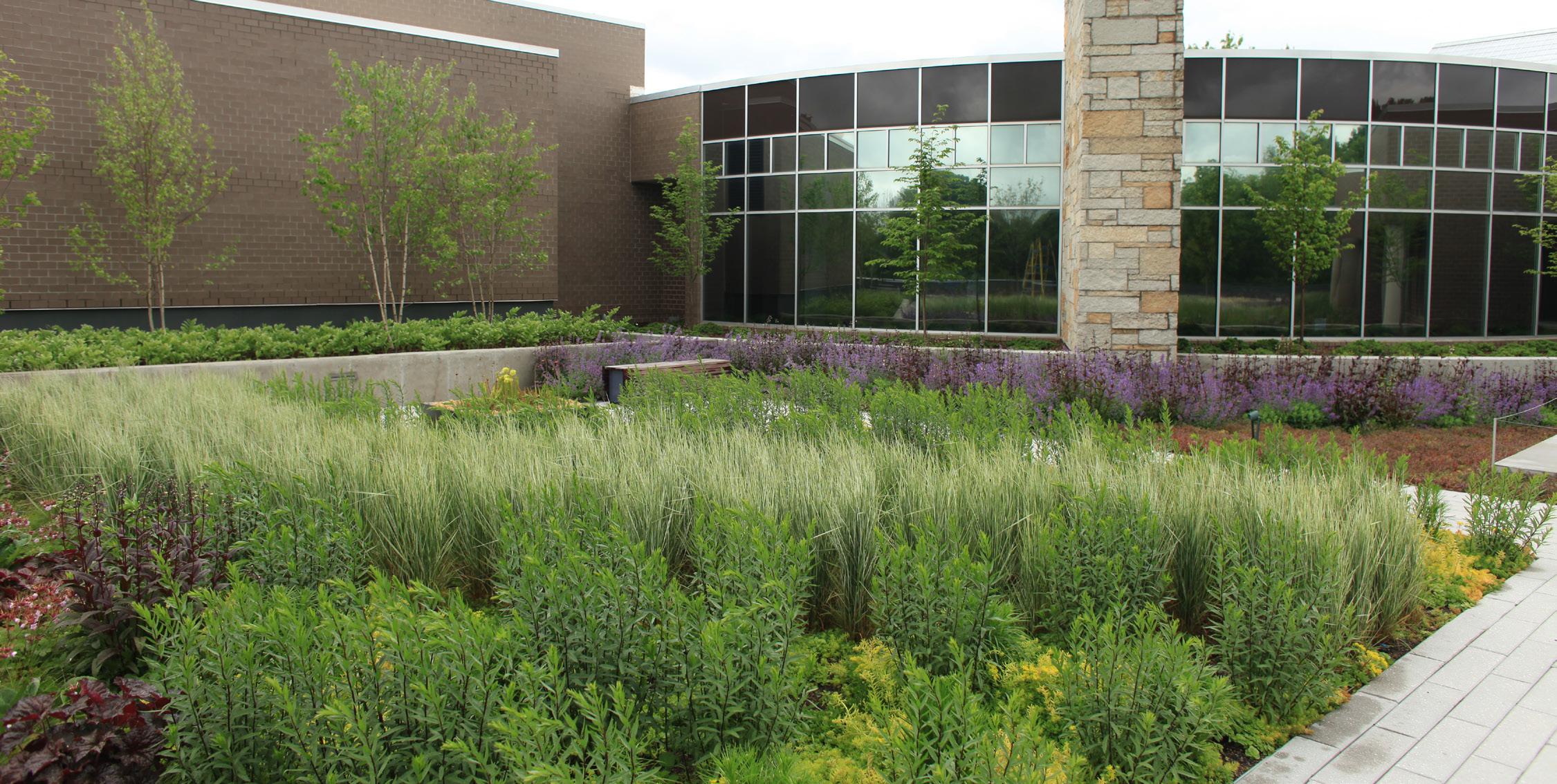Investing in Farm Futures: John Berge of the Nebraska Farm Service Agency
John Berge, right, listens as Arapahoe-area producer Drew ten Bensel, left, explains the value of no-till methods and the negative impact of a recent wildfire on crop farming operations in south-central Nebraska. Standing at center-left is Nebraska FSA Furnas County Executive Director Dillon Breinig, and at center-right is Nebraska FSA Price Support Programs Chief Pat Lechner.
T
he U.S. Department of Agriculture (USDA) Farm Service Agency (FSA) provides price support, disaster support, conservation, and farm loan programs to agricultural producers in all 50 states and Puerto Rico. To learn more about the agency’s current programs and its focus for the future, Irrigation Leader spoke with a leader who brings decades of policy and hands-on agricultural experience to the table: the new FSA executive director for Nebraska, John Berge. Irrigation Leader: Please tell us about your background and how you came to be in your current position.
38 | IRRIGATION LEADER | May 2022
Irrigation Leader: Please introduce the FSA and its mission. John Berge: The predominant mission of the FSA is to provide price support, disaster support, conservation, and farm loan opportunities for agricultural producers across the country. Here in Nebraska, we have 71 county offices and 412 employees, all of whom work together to administer programs that help our farmers and ranchers build, sustain, and grow their agricultural operations. For example, we implement disaster programs such as the Livestock Forage Program, farm loan programs, and the Conservation Reserve Program (CRP). The FSA employs around 10,000 people across the country and has a presence in all 50 states and the territory of Puerto Rico. Most of our employees either irrigationleadermagazine.com
PHOTOS COURTESY OF THE NEBRASKA FSA.
John Berge: I’m from western Nebraska and have lived here most of my life. I worked on agricultural issues for United States Senators Jim Exon, Bob Kerrey, and Ben Nelson here in Nebraska. Then, at the end of the Clinton administration, I spent some time at the FSA. I worked as the White House liaison to the USDA in the Obama administration and was later appointed acting assistant secretary of agriculture for congressional relations. I served as the FSA’s deputy administrator for field operations before I moved back to Nebraska. Before I accepted the position of FSA state executive director for Nebraska, I spent about 9 years as the general manager of the North Platte Natural Resources District in Scottsbluff.
My career has been predominantly focused on agricultural policy, but that doesn’t tell the whole story. My passion for this work goes back to growing up on a corn and wheat farm in western Nebraska. Our family fell victim to the farm crisis in the early 1980s, and in 1984, we lost a farm that had been in our family for seven generations. One of the defining moments of my life was walking with my dad around the farm that we were about to sell as he pointed out what we were keeping and what we were selling. That’s why I chose this profession—to help others avoid this type of experience.









